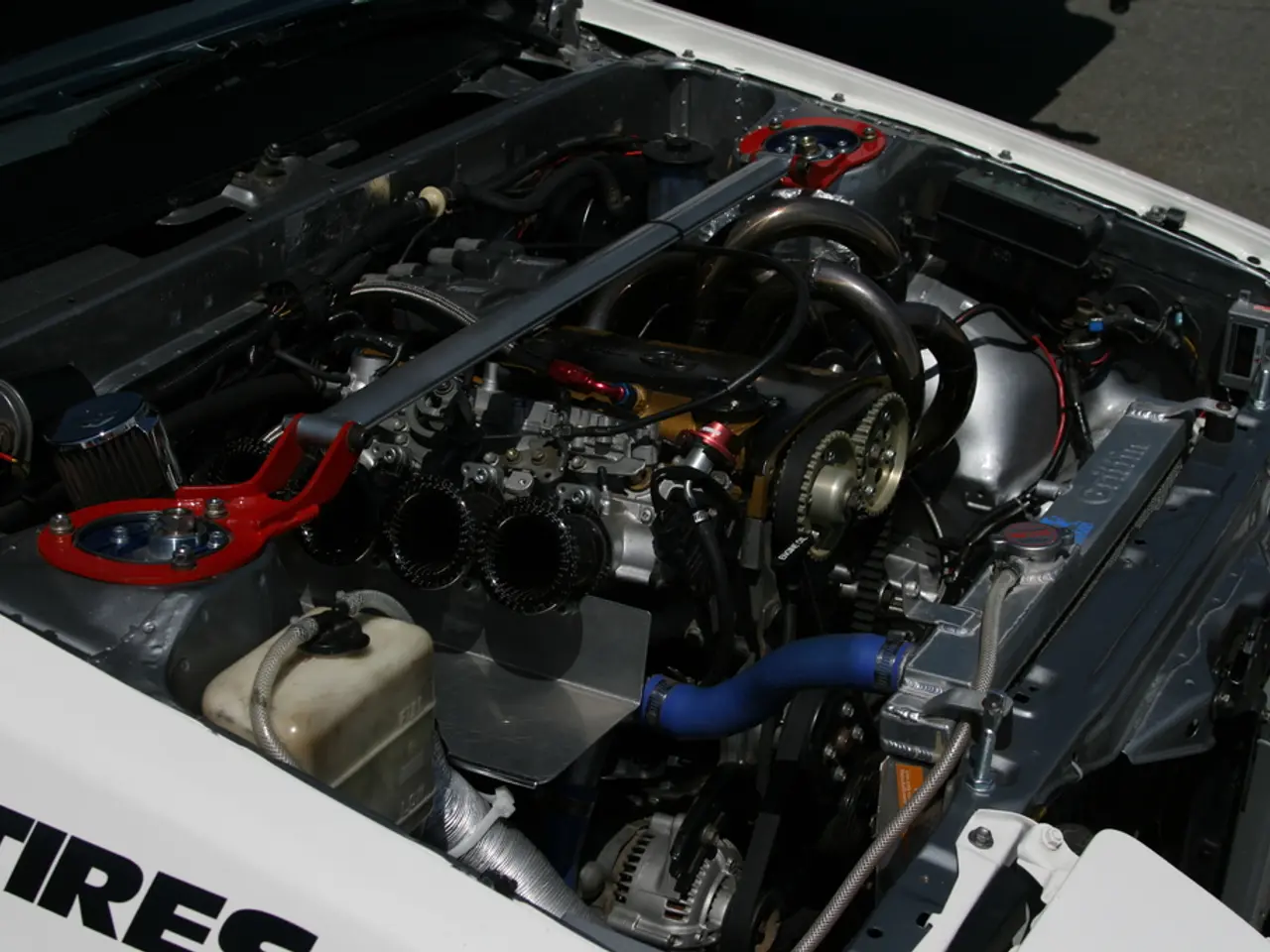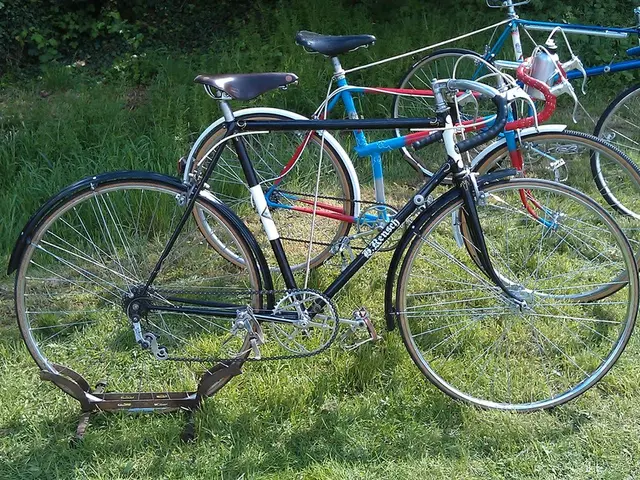Energy-driven businesses in search of a sustainable alternative? Potential answer: Green hydrogen.
In the heart of Germany, the state of Saxony-Anhalt is spearheading a green revolution, focusing on hydrogen as a key technology for a more sustainable future. The WTZ Dessau-Roßlau is leading the charge, working tirelessly to make the combustion engine greener with hydrogen and methanol.
The state's energy agency (Lena) is wholeheartedly supporting the "Green Power MSH2" network, a project aimed at supplying energy-intensive industries with green hydrogen for an improved climate balance. The network's construction is estimated to require approximately one billion euros for the construction of 1,100 km of hydrogen pipelines.
The "Green Power MSH2" network is not the only initiative in the region. Green hydrogen projects are planned for use by three energy-intensive companies in the Mansfeld-Südharz district: HMT Hofer Metall Technik, Großbäckerei Aryzta, and KME Mansfeld. For instance, Christian Schwarz, business manager of HMT Hofer Metall Technik in Hettstedt, aims to reduce CO2 emissions and meet customer demands for CO2-neutral products by using green hydrogen.
However, the path to a fully green hydrogen economy is not without challenges. Delays in various locations and questions about the demand for CO2-neutral products have been raised. ProziumVerweigerer, for instance, has questioned whether companies are prioritizing political guidelines over customer demands.
The German government is addressing these challenges through funding programs such as the National Hydrogen Strategy, implemented since 2020. This strategy provides subsidies and investments to scale up green hydrogen production, infrastructure development, and research to lower costs and boost competitiveness against conventional energy sources.
The energy park in Bad Lauchstädt is set to start supplying hydrogen in autumn, marking the first section of the hydrogen core network in Eastern Germany. Meanwhile, the construction of nine wind turbines was originally planned in Eisleben and Helbra, but the Eisleben city council has decided against the wind park, instead opting for photovoltaics.
Despite the challenges, the potential benefits of green hydrogen are significant. For instance, HMT Hofer Metall Technik in Hettstedt needs over 20 million kilowatt-hours of natural gas and around 7 million kilowatt-hours of electricity annually for aluminum production. Transitioning to green hydrogen could significantly reduce these companies' carbon footprint.
However, the high cost of green hydrogen, currently six times more expensive than natural gas, remains a significant hurdle. Critics like Ralf G question the need for subsidies for green hydrogen production, citing the inefficiency of electrolyzers and the high cost compared to natural gas.
The passing of a law last week in Saxony-Anhalt's state parliament will allow municipalities to be more involved in the profits from wind turbines, potentially easing the financial burden of green hydrogen projects. Dirk Tempke, responsible for MVV Energie AG's hydrogen project in Helbra, notes that the area has ideal conditions for wind turbines and PV plants to produce green hydrogen.
Helbra, with its long history as an industrial location due to copper ore mining, has old facilities waiting for a restart. Saxony-Anhalt is trying to speed up the production of green hydrogen with funding, with the hope that these old facilities can be repurposed for a greener future.
W.Merseburger, however, criticizes the idea that excess electricity from renewable energies can make hydrogen from electrolysis competitive, stating that the transition to e-cars will likely increase the electricity price.
Despite these challenges, the drive towards a greener future with hydrogen continues in Saxony-Anhalt. The energy transition is not without its hurdles, but with determination and investment, a greener, more sustainable future is within reach.
Read also:
- Shaping India's Economic Progression: Readying the Financial System for Tomorrow
- Two farmers in Zambia take legal action against two firms with Chinese connections, alleging an ecological disaster caused by their operations.
- Deepening EU-India relations despite apprehensions regarding Moscow connections
- Ongoing Transition Towards Cleanliness







